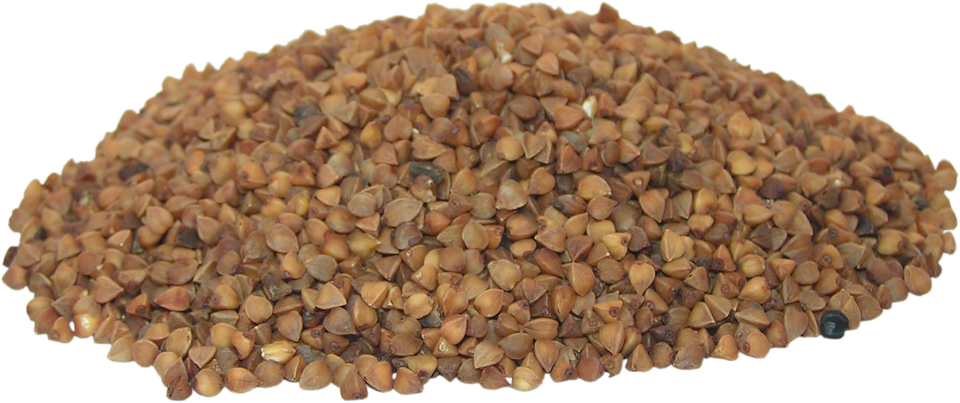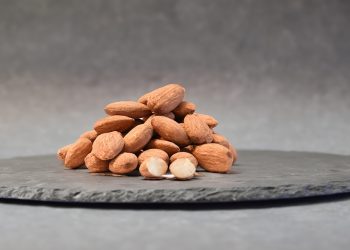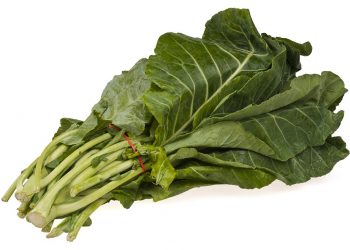Eating well doesn’t have to be complicated. 10 simple tips for a healthier plate every day can transform your meals and your mood. Your plate is more than just a canvas for food; it’s a reflection of your health, energy, and vitality. Let’s dive into how you can create a nourishing plate that fuels your body and satisfies your soul.
Contents
What Does a Healthier Plate Look Like?
A healthier plate is a balanced array of nutrients, colors, and flavors. It’s about making choices that not only taste good but also enhance your well-being. When you fill your plate with wholesome foods, you’re taking a powerful step toward a healthier, happier life. And the best part? These changes can be simple and enjoyable.
Why It Matters
Eating healthily isn’t just a trend; it’s a lifestyle choice that can significantly impact your quality of life. You have the power to boost your energy levels, improve your mood, and even lower your risk of chronic diseases. Every meal is an opportunity to nourish yourself and set a positive tone for your day.
1. Color Your Plate
One of the easiest ways to ensure you’re eating a variety of nutrients is to fill your plate with a spectrum of colors. Think vibrant greens, rich reds, sunny yellows, and deep purples. Each color represents different vitamins and minerals that your body craves.
- Greens: Spinach, kale, and broccoli are loaded with iron and calcium.
- Reds: Tomatoes and red peppers are packed with antioxidants.
- Yellows/Oranges: Carrots and sweet potatoes are rich in beta-carotene.
By incorporating colorful foods, you not only create an appealing plate but also make sure you’re getting a range of nutrients.
2. Choose Whole Grains
Swap out refined grains for whole grains. Whole grains like quinoa, brown rice, and whole wheat bread are loaded with fiber, which aids digestion and keeps you feeling full longer. They also provide essential nutrients like B vitamins and iron.
- Tip: Try using brown rice instead of white rice, or choose whole grain pasta. Your body will thank you!
3. Load Up on Lean Proteins
Proteins are the building blocks of your body. Opt for lean sources like chicken, turkey, fish, beans, and lentils. These options are not only healthier but also lower in saturated fats compared to red meats.
- Why it Matters: Lean proteins help repair tissues, support muscle growth, and keep you satisfied.
4. Incorporate Healthy Fats
Don’t shy away from fats; just be smart about them. Healthy fats like avocados, nuts, seeds, and olive oil play a crucial role in brain health and hormone regulation.
- Easy Swaps: Drizzle olive oil instead of butter on your veggies. Toss some almonds into your salad for a delightful crunch.
5. Mind Your Portions
Even the healthiest foods can lead to weight gain if consumed in large quantities. Use smaller plates to help control your portions. This simple trick can keep your servings in check without feeling deprived.
- Visualize: A plate filled with veggies should take up half your plate, proteins a quarter, and grains the remaining quarter.
6. Stay Hydrated
Water is often overlooked, yet it’s crucial for optimal health. It aids digestion, helps maintain energy levels, and keeps your skin glowing. Aim for at least eight glasses of water a day.
- Hydration Tip: Keep a water bottle handy. Infuse it with fruits like lemon or cucumber for added flavor.
7. Plan Your Meals
Meal planning can be a game-changer. By preparing meals in advance, you can ensure that you have healthy options ready to go. This not only saves time but also reduces the temptation to grab unhealthy snacks or fast food.
- Start Small: Plan your meals weekly. Prep ingredients like chopped veggies and cooked grains to save time during the week.
8. Mindful Eating
Slow down and savor each bite. Mindful eating helps you enjoy your food and recognize when you’re truly full. This practice can prevent overeating and promote a healthier relationship with food.
- Try This: Set aside distractions like your phone or TV during meals. Focus on the flavors and textures of your food.
9. Experiment with Herbs and Spices
Don’t be afraid to get creative in the kitchen! Herbs and spices can elevate your dishes while providing health benefits. Turmeric is known for its anti-inflammatory properties, while garlic can boost your immune system.
- Flavor Tip: Use fresh herbs like basil or cilantro to enhance the taste of your meals without adding extra calories.
10. Listen to Your Body
Your body communicates its needs. Pay attention to hunger cues and cravings. If you’re craving something, it’s often your body’s way of signaling a nutritional deficiency.
- Tune In: Ask yourself what your body really wants. Sometimes a craving for something sweet can be satisfied with a piece of fruit.
Bottom Line
Creating a healthier plate doesn’t have to be a chore. With these 10 simple tips for a healthier plate every day, you can nourish your body and mind. Each step you take toward healthier eating is a step toward a vibrant life. Embrace the journey, enjoy the flavors, and remember that every bite counts.
FAQs
1. What is a balanced plate?
A balanced plate includes a variety of food groups: vegetables, whole grains, lean proteins, and healthy fats.
2. How can I make healthy eating more enjoyable?
Experiment with new recipes, try different cuisines, and focus on the flavors and textures of your food.
3. Is it okay to indulge sometimes?
Absolutely! Enjoying occasional treats is part of a balanced diet. The key is moderation and mindfulness.
Take charge of your health today and create a plate that delights and nourishes you!
Get Your FREE Natural Health Guide!
Subscribe now and receive our exclusive ebook packed with natural health tips, practical wellness advice, and easy lifestyle changes — delivered straight to your inbox.














